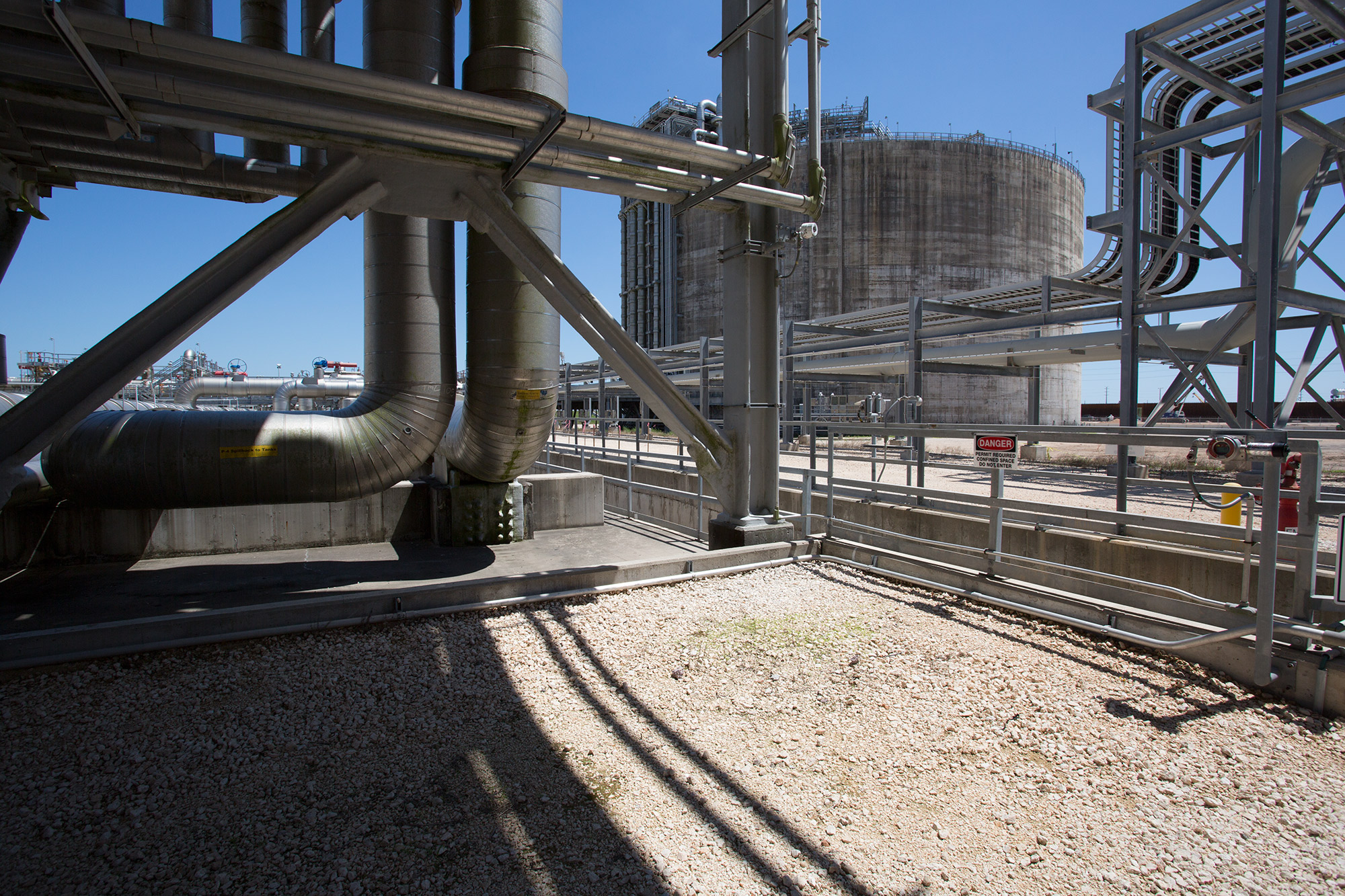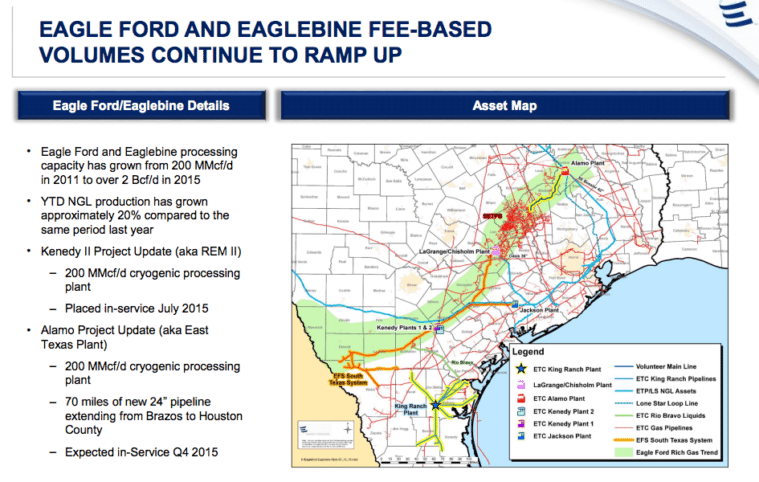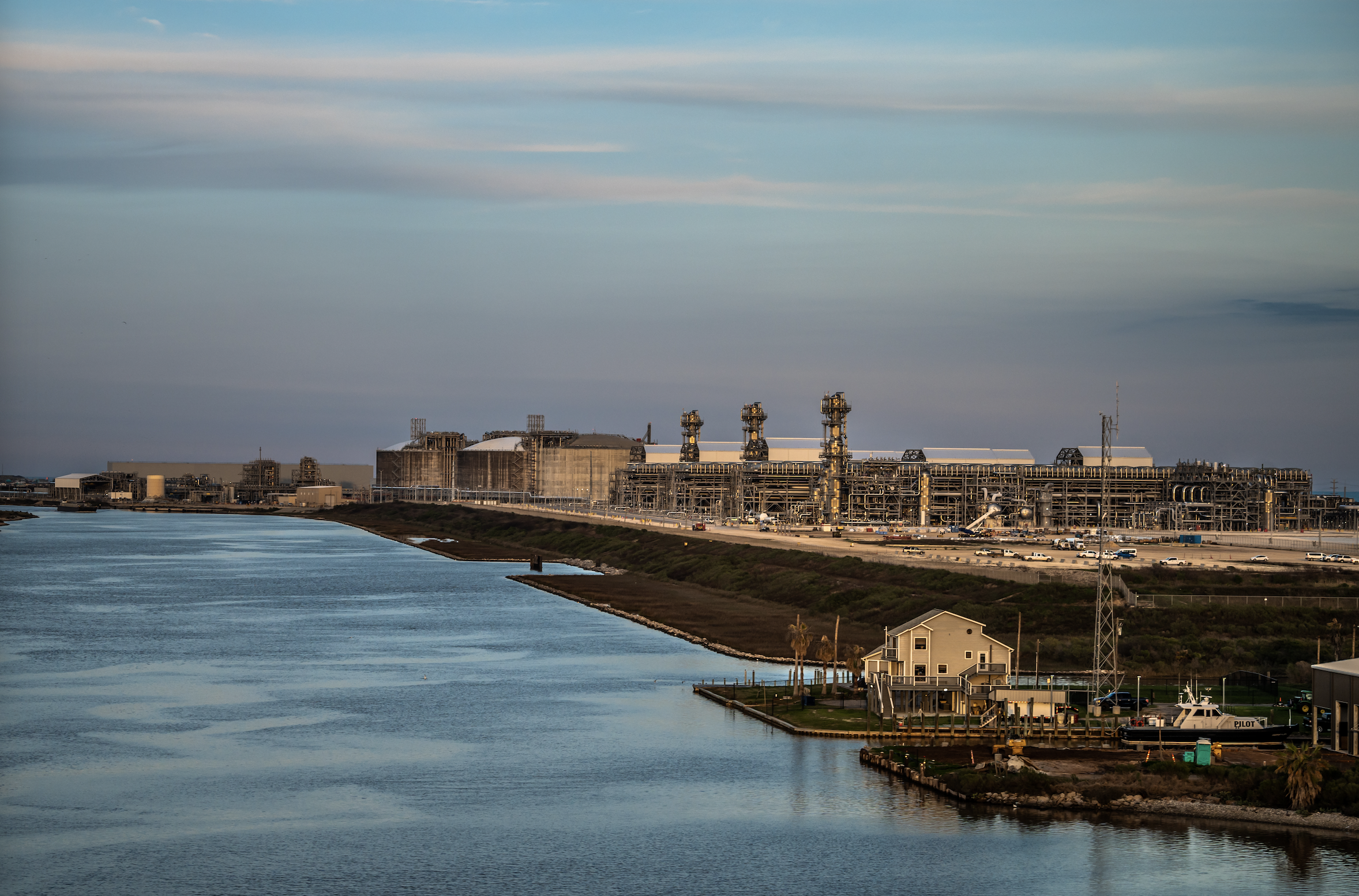
Energy Transfer Partners May Have Misled State to Secure Tax Break

Energy Transfer Partners May Have Misled State to Secure Tax Break
The oil and gas company has received more than
$250 million in tax breaks through the state’s
biggest corporate welfare program.
Energy Transfer Partners, the oil and gas giant under fire in recent months for trying to build a pipeline through sacred Native American land in North Dakota, has received more than $250 million in tax breaks through a controversial Texas program.
From 2011 to 2016, the company struck at least 15 deals with local school districts to reduce its tax obligations through the Texas Economic Development Act, the state’s largest corporate welfare program. In one case, Energy Transfer Partners (ETP) seems to have misrepresented a project in order to secure a deal.
The program — commonly called Chapter 313 for its place in the tax code — allows companies looking to invest in Texas to cap the taxable value of capital-intensive projects for 10 years. Since its conception 15 years ago, the program has doled out more than $7 billion in property tax reductions to large-scale wind farms, liquified natural gas plants, natural gas refining facilities and other projects — money drained out of the state’s coffers. To qualify for a Chapter 313 deal, companies must pledge to create a certain number of high-paying jobs and prove to the Texas comptroller’s office that the tax break is “a determining factor” in their decision to build in Texas.
But as the Observer reported this year, the comptroller’s office very rarely denies a project, even when companies couldn’t have built their projects anywhere else or were already coming to Texas. Other companies have failed to deliver on the jobs they promised, but faced few penalties from the state.
Energy Transfer Partners’ 15 deals all involved natural gas processing plants linked to gas production in Texas, with several tying into the company’s pipelines and other existing infrastructure. Is it realistic to think ETP could have built anywhere else?
For three of its Chapter 313 projects, the company had already invested millions of dollars to prepare the ground for construction and move equipment to different sites in Texas but threatened to move out of the state if the company didn’t receive a tax break. In the most egregious case, ETP appears to have misled the comptroller’s office about whether it already had plans to build a plant in Texas.

In 2015, one of the company’s subsidiaries, ETC Texas Pipeline, lobbied the comptroller’s office to approve a $5.6 million tax break to build a natural gas processing plant in East Texas. In its application, the company referred to the facility as “the Alamo plant.” But personnel in the comptroller’s office discovered a 2014 ETC press release announcing it had begun construction on an East Texas plant fitting the description of the “Alamo plant.” The staff asked the company to “clarify whether it is the same plant as the one in this application.”
ETC responded by telling the comptroller’s office in June 2015 that the “Alamo plant and the East Texas plant are definitely not one and the same.”
But two months later, ETP Chief Financial Officer Thomas Long told investors that “the in-service date for … the East Texas Plant, also known as the Alamo Plant, remains fourth quarter of this year.”
The plant referenced in the press release and the one discussed on the call with investors are nearly identical: cryogenic facilities capable of processing 200 million cubic feet per day affiliated with ETP’s Volunteer pipeline. Another 2015 PowerPoint presentation to investors also referenced an “Alamo Project Update (aka East Texas Plant)” located at the end of the Volunteer pipeline near Crockett. Only one such plant was built — the Alamo Processing Plant went into service in early 2016.
“The tax break granted to ETP is just one egregious example of the core problem with Chapter 313 — it too often rewards companies for making investments in Texas that they would have made anyway,” Dick Lavine, a senior analyst at the left-leaning Center for Public Policy Priorities and a longtime critic of the program, told the Observer in an email. “Texas has attractive natural features like oil fields and strong winds that companies seek.”
Vicki Granado, ETP’s spokesperson, told the Observer that the company has “complied and will continue to comply with all applicable rules and regulations.”
The comptroller’s office said the staff member who oversees the Chapter 313 program was unable to respond to the Observer’s request for comment until after the publication deadline.
Terry Myers, superintendent of Crockett ISD, told the Observer that the Chapter 313 deal with ETC has been a “very, very positive experience” and “very beneficial.” As part of the deal, the company agreed to share a portion of the tax savings — about $120,000 every year — with the school district. Myers said the district has used the money to bolster salaries for teachers and provide supplemental resources. The company also donated a bus worth about $90,000 to the school.
“If somebody is abusing the system, that’s a different situation,” Myers said. “But I do believe this company truly had other options.”
School districts have little incentive to refuse a Chapter 313 deal. In most cases, they receive a cut of the tax break — typically about 40 percent — from the company seeking the deal.
As a result, critics say the Chapter 313 program is ripe for abuse, providing a win-win for the school district and the company even when a project was going to be located in Texas anyway. For instance, when Regency Field Services, a subsidiary of ETP, applied for a tax break for a natural gas processing plant, it told the comptroller’s office that the facility could be located in Texas, New Mexico or northern Louisiana. The plant, which was eventually built in the West Texas town of Barstow, received a $13.4 million tax break from the Pecos-Barstow-Toyah school district. The district receives about $230,000 every year from Regency.
“The [Regency] facility couldn’t be built elsewhere,” said Coyne Gibson, a member of the Big Bend Conservation Alliance, a group that has been fighting ETP’s Trans-Pecos pipeline. “It’s tied to the Waha [gas distribution] hub and tied to pipeline intersections there. That it could be built elsewhere is patently false.”
The Observer’s review of ETP’s 13 other Chapter 313 deals also found that in three cases the company had already begun preliminary work or moved equipment to the sites where it was proposing to build the processing plants when it applied for a tax break. Still, ETP argued that it might abandon those investments and locate the projects in another state if it didn’t receive the tax break.
Those deals, worth about $72 million in tax reductions, were signed with Ganado, Kenedy and Barbers Hill school districts. In the Kenedy ISD deal, for instance, ETC had already installed a fence, started work on the foundation for a cryogenic gas processing facility, and set up an office building at the site. Those investments, worth about $20 million, didn’t stop the comptroller’s office from signing off on the Chapter 313 agreement.
If the company was already planning on locating the plant in Texas, then it’s not entitled to tax breaks, according to Greg LeRoy, the executive director of Good Jobs First, a Washington, D.C., nonprofit that promotes accountability for economic development programs.
“The deal is already happening and the break is just a windfall,” said LeRoy.
Featured image by Jen Reel


